The Complete Lone Wolf and Cub Collection
Based on the popular manga series by Kazuo Koike and Goseki Kojima, the Lone Wolf and Cub films begin with Ogami Ittō, the famous swordsman and official Shogunate Executioner, being framed as a traitor by the Shadow Yagyu Clan. Widowed when his wife is poisoned on the orders of their leader, Yagyū Retsudō, Ittō takes to the road with his young son Daigorō and earns money by offering his services as a ronin assassin, always acting according to the samurai code.
This set contains the following which are uncut:
Disc 1: Sword Of Vengeance (1972, Kenji Misumi)
Disc 2: Baby Cart At The River Styx (1972, Kenji Misumi)
Disc 3: Baby Cart To Hades (1972, Kenji Misumi)
Disc 4: Baby Cart In Peril (1972, Buichi Saito)
Disc 5: Baby Cart In The Land Of Demons (1973, Kenji Misumi)
Disc 6: White Heaven In Hell (1974, Yoshiyuki Kuroda)
Disc 7: Shogun Assassin (1980, Robert Houston)
Sword of Vengeance sets the scene, establishing Ittō's position and his fall from grace at the hands of the Yagyu Clan. With great detail paid to the violence and bloodletting, as well as presenting Ittō as a kindly and empathetic character, it forms the template for the next five films which follow the formula fairly faithfully. Each instalment features Ittō and Daigorō entering an area where Ittō is approached by someone to help solve a problem, or accidentally becomes involved in their plight, and eventually becomes a part in a bigger plot where he must dispatch myriad enemies to survive.
Across the six films, which form a coherent series, Ittō travels the country and becomes known as the 'Lone Wolf and Cub' assassin (based on a popular myth), bringing down corrupt and dangerous gangs and helping those in need. All the while, he harbours a deep resentment for Retsudō and the Shadow Yagyu clan that won't be resolved until the final instalment. It would be very easy for these movies to become samey, as they tread the same formula, but they are directed with great skill and the fight cinematography is excellent. There is a realistic bond between Ittō and Daigorō as Tomisaburo Wakayama and Akihiro Tomikawa could easily pass themselves off as father and son, with great chemistry between the two.
You also see Daigorō develop as a character and assistant to his father, operating the deadly cart in which he travels, pulling levers to shoot out blades, bring up armour plating and unveil a machine gun at the front! The cart is almost another character and plays a huge role across the series - a simple mode of transport it isn't.
There is no discernable drop or rise in quality over the six films as they start off well and continue in that vein until the end of White Heaven In Hell. They are very simply written, though the plots can be deceivingly complex, with Wakayama given very little dialogue which suits his character as Ittō is a man of action, not words. The supporting cast are pretty varied with a selection of pantomime villains, damsels in distress and bodyguards ready to be killed. The most interesting of the films is the fifth, Baby Cart In The Land Of Demons, where Ittō has an assignment but must prove himself by dispatching the five killers who each have a piece of the puzzle revealing the target and how and why he should be dealt with. The subplot, involving a mad priest who has hidden the gender of the new Shogun in the hope of destroying the Dynasty, is an interesting backdrop to the killing and the ending is very well handled.
The seventh disc of the set contains Robert Houston's attempt to bring the films to an American audience by re-cutting the first two into one film, Shogun Assassin, to demonstrate what a fine actor Tomisaburo Wakayama is and how enjoyable these Japanese exploitation martial arts films are. It doesn't completely succeed as the separate films are better than they are combined but it is a good watch and you can just watch it as a stand-alone film and not part of a greater master plan.
I first found out about these films thanks to Quentin Tarantino featuring Shogun Assassin at the end of Kill Bill Vol. 1 and, as a fan of exploitation cinema, I loved the blend of beautiful fight choreography with Tomisaburo Wakayama's undoubted skill and screen presence and the almost absurd and over the top action, bloodletting and violence.
Wakayama and his brother Shintaro Katsu have a special place in Japanese cinema with Wakayama famous for his portrayal of the widowed assassin in the Lone Wolf and Cub films and Katsu playing Zatoichi the blind swordsman and Hanzo the Razor. They featured in so many films that show the flipside of Japanese cinema to the more renowned and critically acclaimed works of directors like Yasujiro Ozu and Akira Kurosawa. They are both fantastic actors who, whilst not the greatest thesbians alive, have undeniable screen presence and are great at what they do. Wakayama is an artist with a sword and his Judo background (a 4th Dan black belt) gives him a real physicality and lends his movement an almost balletic quality.
The Lone Wolf and Cub series is not the finest example of Japanese cinema, they are not the most accomplished or well made films ever but they are hugely enjoyable and a fantastic example of exploitation cinema. Wakayama inhabits the title role and is quite superb. The effects are a little unconvincing by today's standards but are extremely influential and, together with the Zatoichi films, perfectly illustrate the Japanese swordsman style of film. These really take it to the extreme with enormous body counts in each film, particularly White Heaven In Hell where Ittō single handedly dispatches no fewer than 150 people!
The Disc
Extra Features
Each film comes with the original Japanese theatrical trailer and there are apparently liner notes by Tom Mes which should be an informative read, though I haven't seen these so can't really comment.
Picture and Sound
These films have been previously released but either ported straight from VHS with poor subtitles or presented in an incorrect aspect ratio. This set has them all remastered, in their OAR and with brand new subtitles.
The remastered transfers are extremely pleasing with vivid colours, good black levels and stylish cinematography. This is a massive step from the VHS to DVD releases of a few years ago and the bright red blood, blue skies and green forests look great and there is also very good clarity in the darker and quicker moving scenes, with little smearing and only a slight amount of graining or slight scratches.
They are extremely stylishly shot with good use of slow motion and gratuitous violence, with blood just spurting out in front of the camera (and even on to it) and there are plenty of shots where a victorious Ittō has blood drops over his face and chest - this is a celebration of cinematic excess.
Each film is presented in Dolby Digital 2.0 Mono Japanese with excellent subtitles, apparently re-translated, which make the films easier to follow and are error free. The sound itself is pretty typical of Japanese films of that era, where no sound was recorded on set and dialogue was added afterwards. This can look a bit odd, such as when a conversation takes place in a house where the rain is pouring down outside but all you can hear is the dialogue and there is absolutely no ambient sound. The films vary in the amount of foley, so some have footsteps and running water to accompany the 'swish' of the swords but others are silent apart from the dialogue and swordplay. That said, the soundtracks are very clear and the scores are either perfectly suited or quite funny - the theme to White Heaven In Hell is almost straight from an American blaxploitation film, sounding a little like the theme to Shaft!
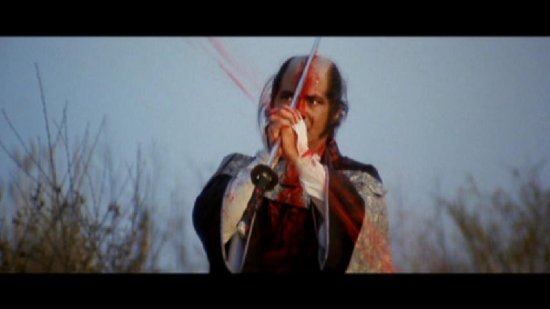
Final Thoughts
There is probably a sizable fanbase in the UK for these films that has been waiting for a native release, uncut and with good picture, audio and subtitles, who have been hanging back, unwilling to import from the US or Asia and, for them, this boxset couldn't come too soon. For those unfamiliar with these films and have only seen Shogun Assassin, this is a fantastic set to check out and see what the fuss was about and why film lovers such as Tarantino rate them so highly. To see where his reference points for the first half of Kill Bill came from, this is probably the best place to start.
This set fits in well with Eureka's recent releases of the Hanzo the Razor Boxset and the Female Prisoner Scorpion Trilogy - if you saw and liked one of those, this should be right up your street. It's a great set well that does these influential films justice and so is well worth the money.
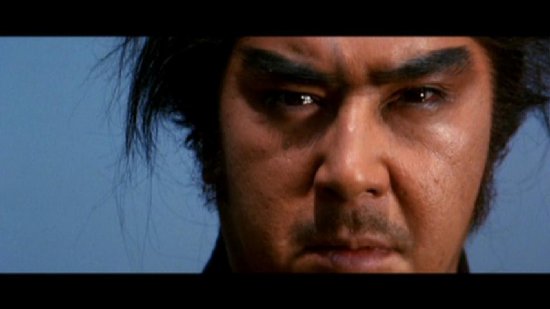
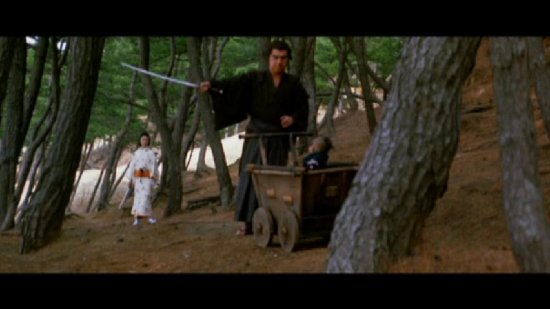
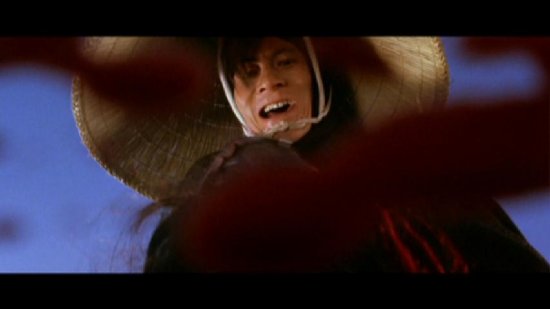
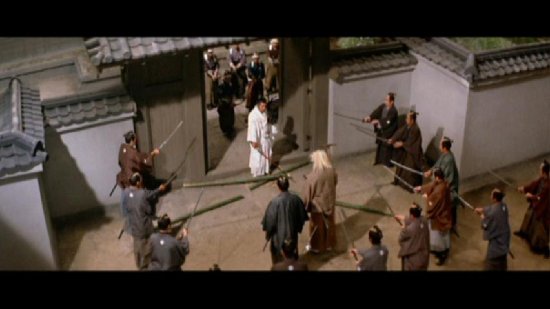
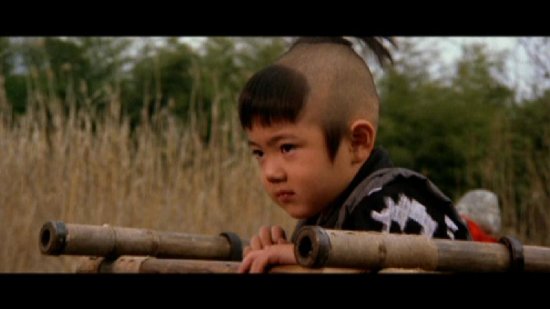
Your Opinions and Comments
If I ever have sex again I may even call my first born, cub.
good review. as ever